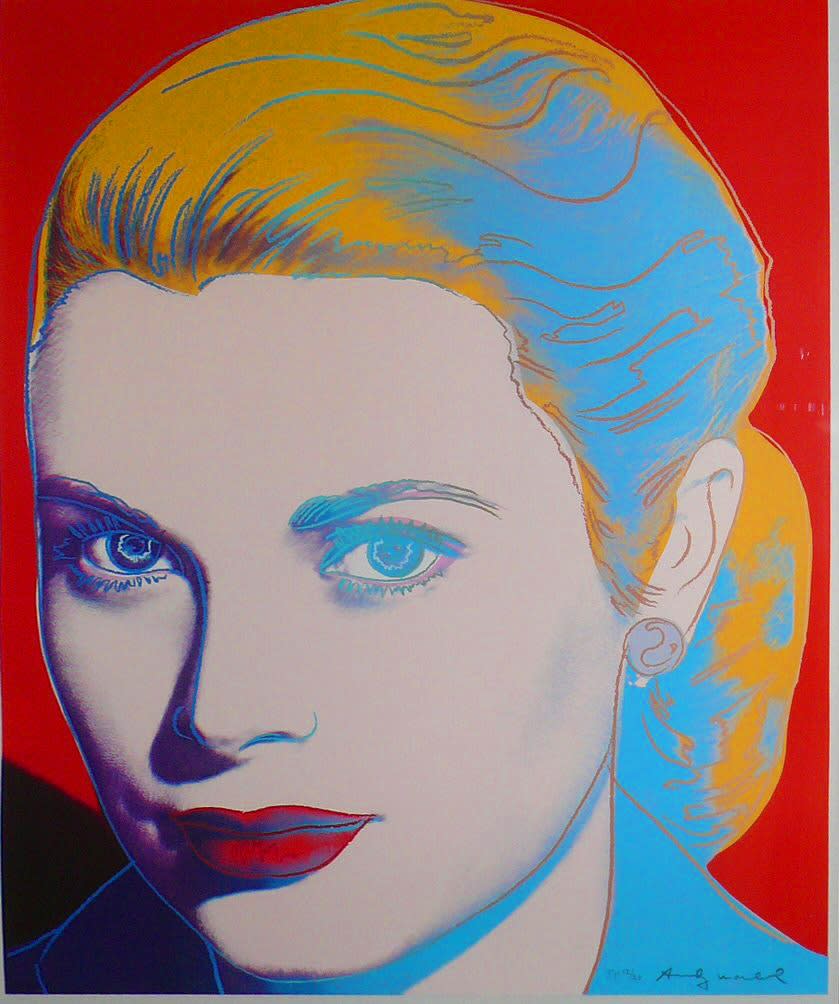
Pop Art marked a significant departure from the intensely personal and emotionally charged subjects of Abstract Expressionism that dominated the 1940s and early 1950s. Pop Artists turned to commonplace objects, celebrities and consumer goods for inspiration. They sought to remove the barrier between high art and everyday life, asserting that art could be as ordinary as a soup can or as common as a comic strip.
Artists like Andy Warhol, Roy Lichtenstein, and Richard Hamilton played a pivotal role in this new movement. Warhol's art, for instance, reflected a fascination with commercial items, celebrities, and advertising. His iconic 'Campbell's Soup Cans' or the 'Marilyn series' both satirize and celebrate the consumer culture of post-war America. Similarly, Lichtenstein's work, inspired by comic strips and advertising, elevated mundane imagery to the status of fine art.
Reflection of a Consumer Society
Pop Art emerged during a period of significant socio-cultural changes. Post-World War II, the world witnessed an explosion of consumer culture, advertising, and media. Pop Art captured this zeitgeist, mirroring society's increasing obsession with consumer goods, celebrities, and media culture.
Pop Artists used their work to comment on, and sometimes critique, the implications of this consumer culture. They highlighted the ways in which mass-produced goods and media-saturated lifestyles shaped individual identities and societal values. Through their art, they asked the viewer to reconsider their relationship with the objects and media that permeated their daily lives.
Influence on Later Movements
The influence of Pop Art can be seen in numerous subsequent movements and contemporary art. It paved the way for a broader acceptance of the idea that art can be drawn from popular and commercial culture. The incorporation of everyday objects and the use of unconventional materials and techniques are now common practice in contemporary art.
Conceptual art, for example, owes much to Pop Art's questioning of what constitutes art. Street art, with its roots in graffiti and its use of public spaces as an artistic canvas, continues Pop Art's legacy of blurring the lines between high and low art. Similarly, movements such as Neo-Pop in the 1980s and 1990s, embodied by artists like Jeff Koons and Takashi Murakami, directly draw upon Pop Art aesthetics and themes, updating them for a new era of consumer culture.
In the grand narrative of art history, Pop Art holds a critical position. It redefined what art could be, democratizing it, and infusing it with elements from everyday life. This movement forced us to re-evaluate the relationship between art and consumer culture and, in the process, fundamentally shifted our understanding of what art could communicate. Its influence continues to ripple through contemporary art movements, making Pop Art not only an important chapter in art history but a defining one.
To buy limited edition prints by Andy Warhol, Roy Lichtenstein and other Pop artists please call +44 (0)20 7589 2371 or sales@andipa.com
